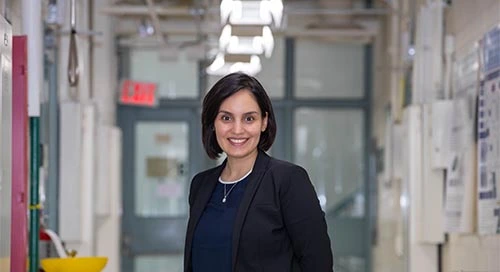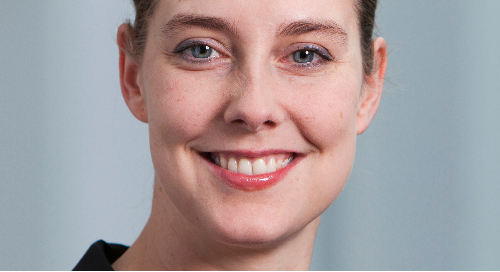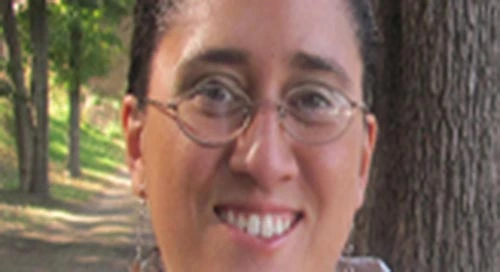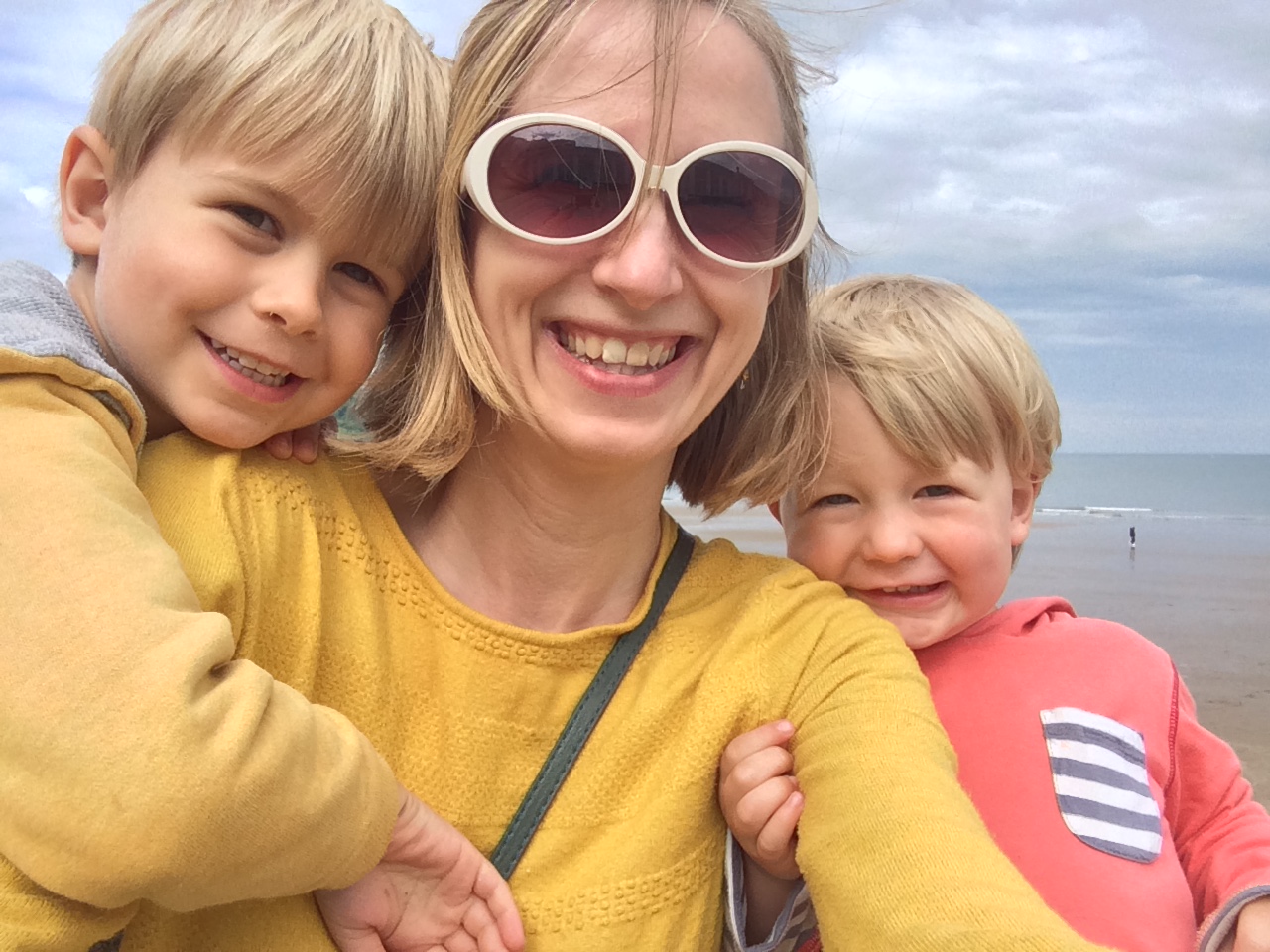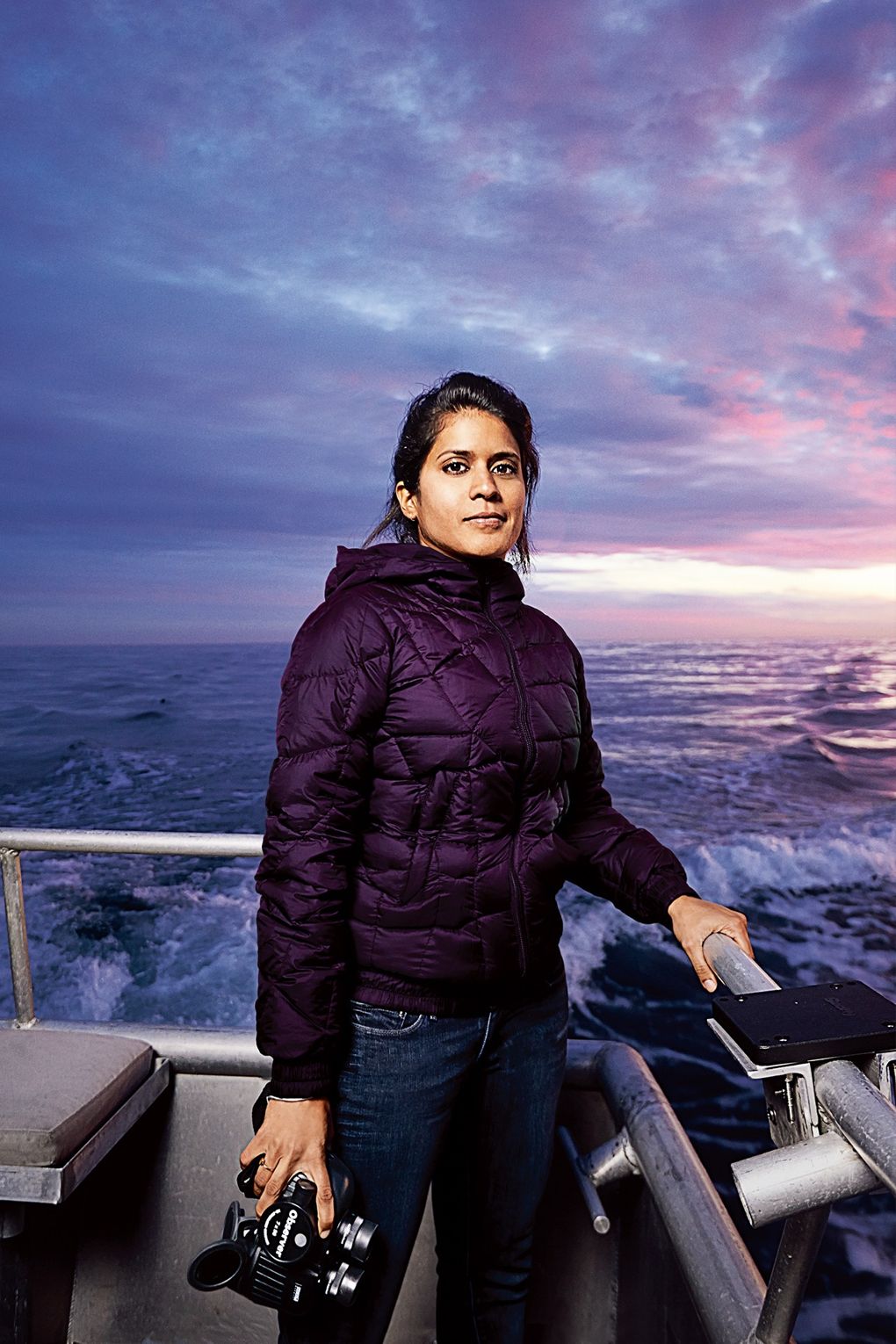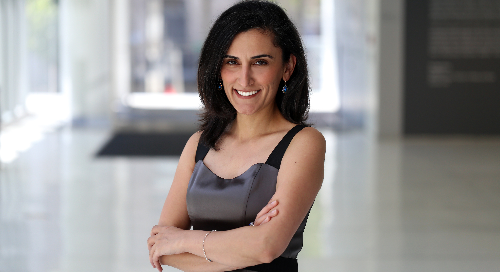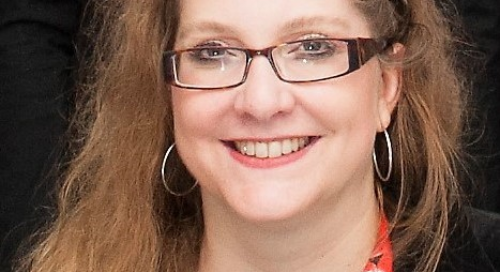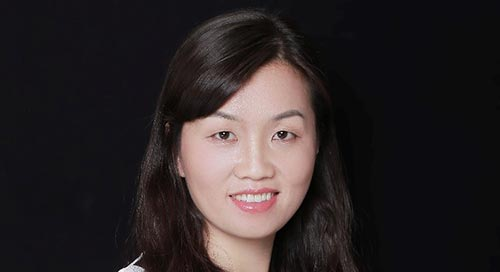foundation-director-researcher-cancer-patient-all-under-age-26-an-interview-with-josh-sommer
March 26, 2014
Source: Josh Sommer
In 2006, at the age of 18, Josh Sommer was diagnosed with a rare bone cancer called chordoma which affects approximately 8 people per million worldwide and frequently recurs. At the time, the average survival for a newly diagnosed patient was 7 years. Then a student at Duke University, Josh decided to begin researching the disease in the only federally funded lab studying chordoma, coincidentally based at Duke, and led by Dr. Michael Kelley. The following year he dropped out of Duke to found The Chordoma Foundation, a research and patient advocacy group. His work with the Foundation has earned him the an Echoing Green fellowship for emerging leaders and this month is profiled in The Atlantic. We caught up with him on the challenges of starting and running a foundation and advancing the research necessary to save his own life.
Q. Josh, you’ve been a Chordoma patient, a researcher, and the founder of a scientific and patient advocacy foundation, to name a few things, in a very short amount of time. How and why did you decide to stop doing the research yourself to start the Chordoma Foundation?
A. Getting into research was initially driven by a desire to change the odds for chordoma patients. I joined a lab at Duke that was studying chordoma and ended up finding the work very interesting. However, we ran into a number of substantial obstacles that limited the research we could do. Most notably, we didn’t have access to tissue or cell lines or animal models to study. In the course of trying to find cell lines to work with, we discovered that a number of the cell lines that had been reported previously turned out to be invalid. That was troubling because it meant that: a) we couldn’t do the work in our lab that we wanted to do and b) those invalid cell lines were contaminating the literature about chordoma. I saw that the academic research community didn’t have a real incentive to check to make sure that cell lines were valid and to get the invalid cell lines out of circulation. The reality is that no one is going to prevent you from publishing a paper using invalid cell lines; that’s not what peer review does. However, if your goal is not just to publish papers, but rather to actually find a cure for the disease, it’s imperative to study valid models of the disease. That was one impetus to create an organization focused on finding a cure.
In addition to that, in the course of reaching out to find potential collaborators across the globe, I was surprised that there was actually a great deal of interest in chordoma, but that there was no communication or coordination among researchers. That convinced me that I could have a greater impact by helping to foster the conditions to make it possible for more researchers to bring their expertise to bear on the disease, as opposed to me working on just one project in one lab.
Q. Can you tell us a little bit about how you got started?
A. The first thing that we set out to accomplish when we started the Foundation was to unite and expand the chordoma research community. We worked with the NIH to host the first international chordoma research workshop within just a few months of getting started. At that point the Foundation was being run out of mother’s dining room. She played a huge role in providing the motivation and the wherewithal to get started; being a doctor and having run her own business provided a level of competence and credibility that really helped in the beginning. Neither of us knew how to start a disease research foundation, but we said to ourselves “This is important, so we’re going to figure it out.” Since then, much of the organization’s success can be attributed to building a talented and dedicated team of board members, advisors, volunteers and professional staff.
Q. What do you feel is the most critical mission for the Foundation?
A. We have a two-pronged mission: The first is to meet the needs of the chordoma patient community; to help them get the best care possible with the treatments that are available today. The second part of our mission is to advance the development of treatments as quickly as possible and, ultimately, to find a cure. We started with a focus on trying to stimulate research. As time has gone on and we’ve had some success in the research realm, we’re now turning attention to building out our programs and services to meet the needs of the chordoma patient community. But in reality, the two are closely linked because research depends on patient participation: whether it's donating tissue to our biobank, sharing information about their experiences with chordoma, or participating in clinical trials. A number of discoveries in the lab are approaching the point of clinical trials and it’s going to be increasingly important for the Chordoma Foundation to help patients find out about and gain access to these trials.
Q. What perspective does having this condition give you as the head of the Foundation?
A. It certainly clarifies my motivation. My goal and my job is to find a cure for chordoma as quickly as possible by whatever means possible. I think as a patient, I can also speak candidly and directly with the researchers that we work with. I happen to be the one who started the foundation but there are a lot of patients and family members who are also playing a very important role.. I feel that everyone in the patient community has something to contribute and I find it gratifying to work alongside other patients who share the same motivation.
Q. It seems that the Foundation has covered a lot of ground and made a lot of progress in a very short timeframe, from transforming patient’s awareness of the disease online to making significant research breakthroughs. How did you manage to engage with both researchers and patients?
A. I think a big part of it was developing a solid understanding of the science of chordoma. Because chordoma is so rare and there was so little published, it was literally possible for me to read just about everything published about the disease. Additionally, having chordoma myself, I am able to speak intelligently about the disease and the research, which I think has helped give the organization credibility among researchers. I think the biggest thing that has contributed to us being able to rally the patient community is just demonstrating results such asthe number of researchers and drug companies we’ve been able to get involved, the grants we’ve funded, and the discoveries we’ve helped bring about. I think because of this progress patients see that we have the potential to bring about more effective treatments in a meaningful timeframe. Because chordoma is a slow-growing disease, unlike more aggressive diseases, it’s feasible that those of us with the disease have the time to make a real impact on our own prognoses.
Q. Rare diseases have a lot of difficulty getting attention and funding. You’ve used some outside-the-box strategies to get funders and researchers motivated. Can you talk a little bit about those strategies?
A. Given the small size of the chordoma patient community, which is the source of the majority of our funding, we’ve had to make the money that we have raised go farther than some other groups have to. Rather than funding a variety of promising studies, in the beginning we focused on developing the research reagents that researchers need, such as cell lines and animal models and making them available to researchers who are already funded. By distributing the cell lines to 60 different labs, we’ve been able to leverage millions of dollars worth of research funding that we didn’t have to raise. One way we have been able to stimulate the development of cell lines is by offering a prize. We were very surprised at the positive response from all over the world and we found labs that we never knew were interested in chordoma. We’ve now succeeded in validating five different cell lines and have several more in development.
Q. What is next for The Chordoma Foundation and for you?
A. So many things! We’ve accomplished many of the initial goals that we set when the Foundation started: developing cell lines and animal models, characterizing the chordoma genome, screening approved drugs in preclinical models. Now we’re at an inflection point where the main focus of our research plan is expanding to translate the discoveries made in the lab into clinical trials. In the next couple years we will help initiate a number of clinical trials with drugs that are either already approved or are currently in clinical development. Additionally, we are embarking on an effort to develop a new drug that will inhibit a protein called brachyury, which seems to play a critical role in causing chordoma as well as other types of cancer. Both of those initiatives are going to require us to raise a lot more money than we’ve been raising, so we’re investing in increasing our fundraising capacity and in our outreach to the patient community.
Sounds like you'll have a lot to keep you busy. Thanks for talking to us Josh.

